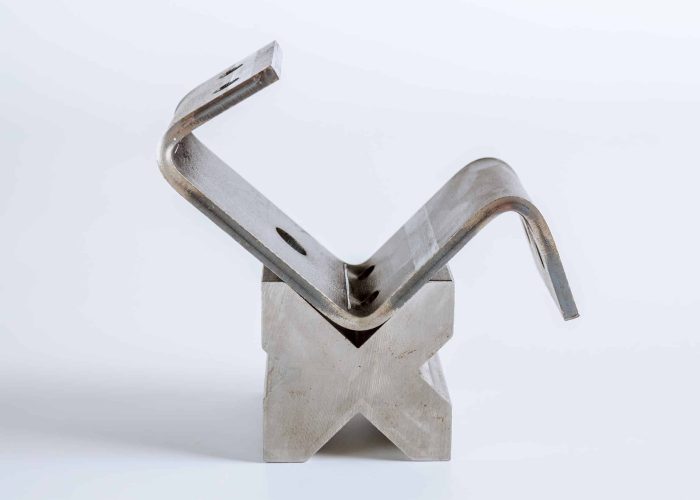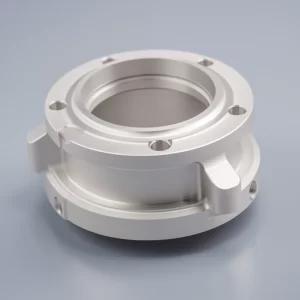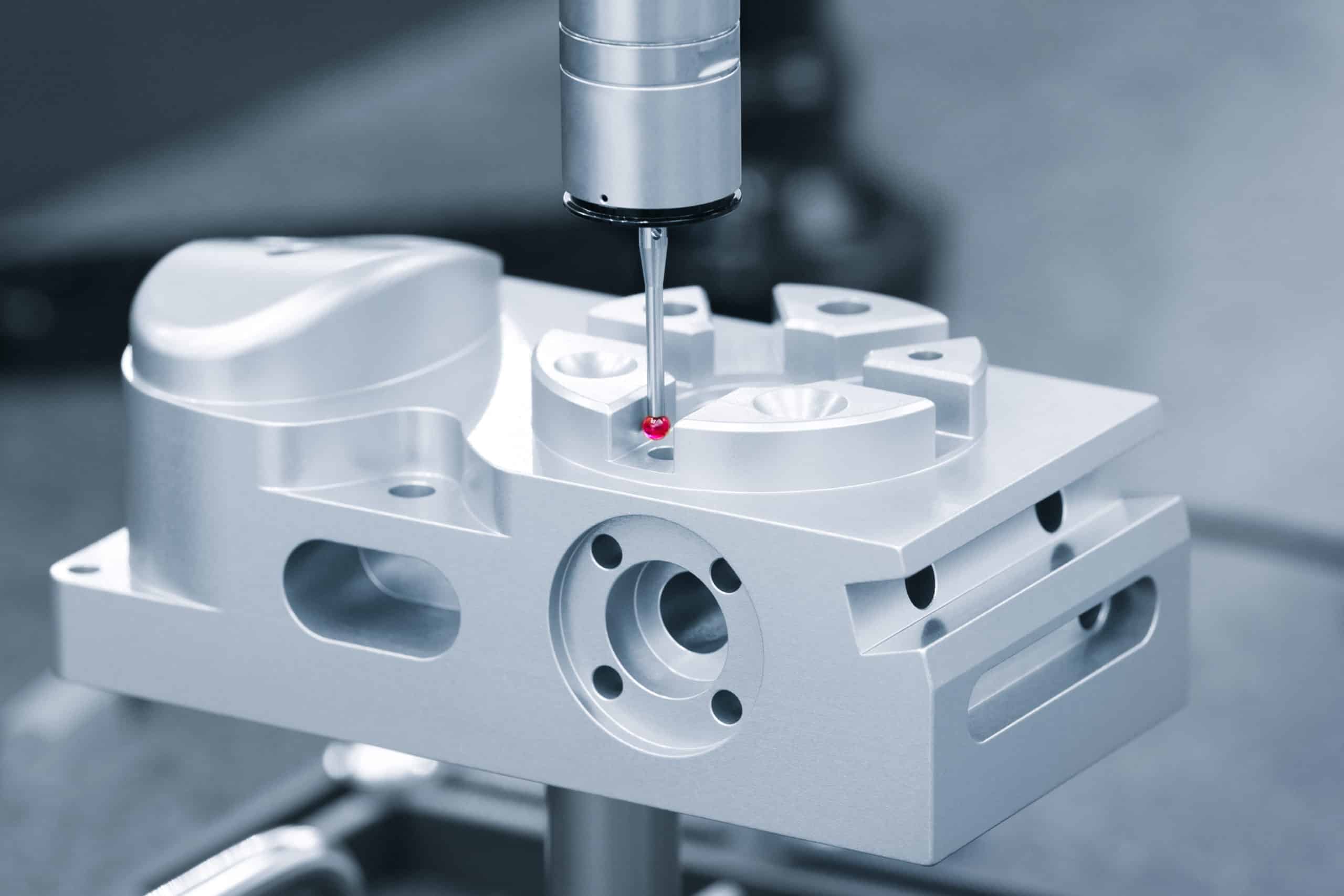Selecting the wrong bend radius causes cracked parts, dimensional failures, and costly production delays. With thousands of custom audio, medical, and aerospace enclosures fabricated, small radius decisions dramatically impact both performance and manufacturing costs.
Most sheet metal parts require bend radii between 0.5T to 4T (material thickness dependent). For 6061 aluminum, use 1-2T minimum radius; 304 stainless needs 2-3T to prevent cracking and ensure consistent fabrication results.
Learn to balance strength and cost, avoid costly radius errors, and apply proven design tips from real-world production experience.
Table of Contents
What Bend Radius Do I Need for Different Sheet Metal Thicknesses?
For most sheet metal applications, use a bend radius equal to 1-2 times the material thickness (1-2T) as your starting point. Thinner materials under 1mm can often use tighter radii down to 0.5T, while thicker sheets above 6mm typically require 2-4T to prevent cracking and maintain dimensional accuracy.
The relationship between thickness and bend radius follows predictable scaling patterns. In our fabrication experience with aluminum enclosures from 0.8mm to 12mm thickness, doubling the thickness generally requires increasing the bend radius by 50-80% to maintain forming quality. Thicker materials concentrate more stress during bending, making them prone to surface defects and spring-back if bent too sharply.
Medical device housings we’ve produced in 3mm 304 stainless require 6-9mm bend radii to achieve burr-free finishes for cleanroom applications. Meanwhile, thin audio faceplates in 1.5mm 6061 aluminum use 2-3mm radii while maintaining tight tolerances and premium surface appearance. Per ISO 2768-m guidelines, thickness-dependent radii help maintain dimensional accuracy across different gauge materials.
Design Takeaway: Always scale your bend radius proportionally with thickness increases. Reserve minimum radii (1T) for thin materials under 2mm, and use 2-3T for anything above 4mm thickness to ensure consistent forming results.
What's the Best Bend Radius for 6061 Aluminum and 304 Stainless Steel?
For 6061-T6 aluminum, use 1-2T bend radius minimum for clean forming. 304 stainless steel requires 2-3T minimum due to work-hardening characteristics. Choose based on your application’s corrosion resistance needs versus forming complexity requirements.
6061 aluminum offers superior machinability and tighter bend capabilities, making it ideal for complex audio equipment chassis with multiple bends and cutouts. However, 304 stainless provides excellent corrosion resistance for medical applications where long-term durability outweighs forming challenges. Cost differences are significant: 6061 parts typically cost 20-30% less to form due to reduced tooling wear and faster cycle times.
Surface finish capabilities also differ substantially. 6061 achieves Ra 1.6-3.2 μm finishes directly from forming, while 304 stainless often requires secondary operations to reach equivalent surface quality. Per ASTM A240 specifications for stainless steel, minimum bend radius recommendations ensure dimensional stability in corrosive environments.
Design Takeaway: Select 6061 for cost-sensitive projects requiring complex geometry. Choose 304 stainless only when environmental conditions demand superior corrosion resistance despite higher forming costs.
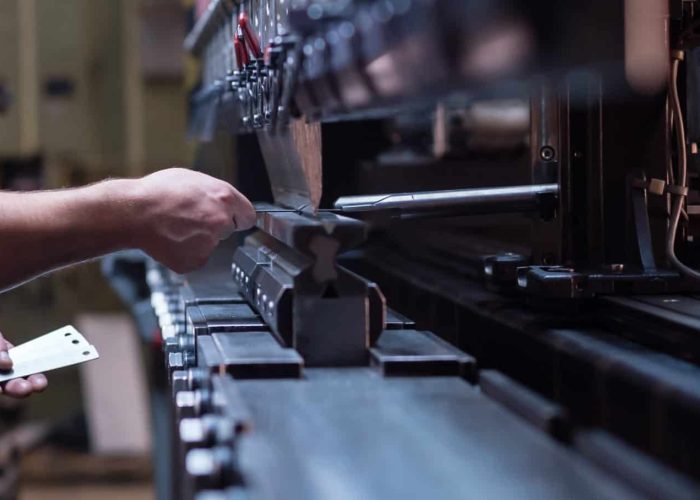
How to Calculate Bend Radius for Sheet Metal Parts?
To calculate bend radius, multiply material thickness by the K-factor: 0.45 for 6061 aluminum, 0.50 for 304 stainless, 0.33 for mild steel. This formula (R = K × T) gives you the minimum safe radius to prevent cracking and maintain dimensional accuracy.
The K-factor represents how much a material can stretch during bending before failing. In our production experience, 6061-T6 aluminum consistently performs well with K-factors around 0.45, meaning a 2mm thick sheet needs approximately 0.9mm minimum bend radius. For 304 stainless, we use K-factors of 0.50-0.55 due to its work-hardening behavior, requiring larger radii for the same thickness. These calculations become critical when designing parts with multiple bends or tight packaging constraints.
Real-world validation involves test bends on actual material batches, as K-factors can vary with temper, grain direction, and supplier processing. For a recent aerospace bracket project in 3mm 7075-T6 aluminum, our calculated minimum radius of 1.8mm (K=0.60) was verified through sample forming before full production. Custom applications often require adjusting the calculated radius by 10-20% based on forming method and quality requirements.
Design Takeaway: Always calculate minimum radius first, then add 20-30% safety margin for production consistency. For critical applications, validate calculations with sample parts before committing to full production runs.
What's the Minimum Bend Radius to Prevent Sheet Metal Cracking?
Apply a 2x safety factor above theoretical minimums to prevent production failures. Use 1.5-2T for aluminum parts and 3-4T for stainless steel in production environments. This margin accounts for material variations, tooling wear, and operator differences that cause real-world cracking.
While calculated minimums work in laboratory conditions, production reality demands larger safety margins. Crack formation begins at the outer fiber where tensile stress peaks during bending, and our failure analysis consistently shows that parts designed at absolute minimums experience 15-20% higher rejection rates. These micro-cracks often remain invisible during initial inspection but propagate under service stress, leading to premature part failure.
Temperature cycling and stress corrosion accelerate this crack growth, making early detection crucial for critical applications. We routinely use dye penetrant testing on aerospace brackets to catch surface cracks as small as 0.1mm, while ultrasonic inspection reveals subsurface defects that escape visual detection. Material grain direction compounds these challenges since bending across the grain requires 30% larger radii compared to bending parallel to the rolling direction, following guidelines established in ISO 5817 for acceptable surface defect levels.
Design Takeaway: Never design at calculated minimums for production parts. Double the theoretical minimum radius to ensure reliable manufacturing and long-term part performance under actual service conditions.
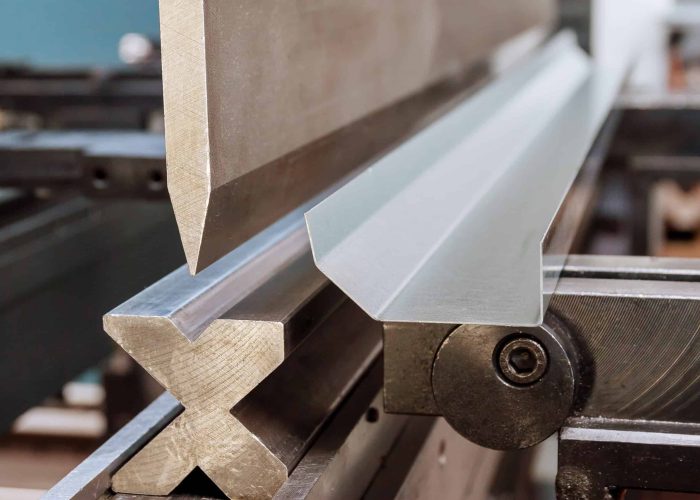
Should I Use Tight or Loose Bend Radius for My Sheet Metal Design?
Choose tight radius (1-2T) only when space constraints are critical and you can justify premium tooling costs. Use loose radius (3T+) for cost-sensitive projects requiring high production volumes and maximum manufacturing reliability.
Your production strategy fundamentally drives this decision. Tight radii deliver compact packaging and lightweight designs but demand specialized tooling, skilled operators, and extensive quality control processes. The trade-off becomes especially apparent when considering stress distribution throughout your design. Sharp bends create stress concentrations that often require additional material thickness or reinforcement features to maintain structural integrity, while gentle bends distribute loads more evenly and frequently allow thinner base materials that offset the larger bend geometry.
Assembly integration adds another layer of complexity to radius selection. Tight bends may force you into custom fasteners or modified mounting patterns that increase overall system costs, whereas loose bends typically accommodate standard hardware while providing more forgiving assembly tolerances. This flexibility becomes particularly valuable when working within ISO 2768 geometric tolerancing standards, where larger radii maintain better dimensional stability across temperature variations.
Design Takeaway: Start with loose radii as your baseline design approach. Tighten radii only where space constraints justify the increased manufacturing complexity and tooling investment required for reliable production.
How Does Bend Radius Affect Sheet Metal Fabrication Costs?
Tighter bend radii increase fabrication costs by 20-40% due to specialized tooling requirements, slower forming speeds, and higher scrap rates. Standard radii (2-3T) use common tooling and achieve faster cycle times, while custom tight radii often require dedicated dies and extensive setup time.
The cost impact stems primarily from tooling complexity and production efficiency. Standard bend radii utilize common punch and die sets that most fabricators stock, enabling quick setup changes and competitive pricing. When designs specify radii below 1.5T, fabricators often need custom tooling with specialized profiles and harder materials to withstand the increased forming forces. This tooling investment gets amortized across your part quantity, making tight radii particularly expensive for low-volume prototype runs.
Setup time multiplies with radius complexity since tight bends require precise machine calibration and test forming to achieve consistent results without cracking. Our production data shows that parts with standard 3T radii average 8-12 minutes setup time, while equivalent parts with 1T radii require 25-35 minutes due to careful spring-back compensation and quality verification steps. Material waste also increases significantly with tight radii as operators discard more test pieces during setup optimization.
Secondary operations compound these costs when tight radii create stress concentrations requiring stress relief or when surface finish degrades below specification at sharp bends. Following ISO 2768-m tolerance guidelines helps minimize these additional processing steps while maintaining design intent.
Design Takeaway: Reserve tight radii for features where space constraints truly justify the cost premium. Use standard 2-3T radii wherever possible to minimize tooling costs and maximize fabricator competition for your project.

What Bend Radius Should I Use for Audio Equipment Enclosures?
For audio equipment enclosures, prioritize EMI shielding integrity and vibration damping over tight aesthetic bends. Use 2-3T radius minimum to maintain continuous conductive paths for electromagnetic shielding while preventing resonant frequencies that can color audio reproduction.
Audio enclosure engineering demands unique considerations beyond standard sheet metal design principles. Electromagnetic interference shielding requires uninterrupted conductive paths throughout the chassis, and sharp bend radii can create impedance discontinuities that compromise RF attenuation. Our testing with high-frequency amplifier chassis shows that bend radii below 2T can reduce shielding effectiveness by 15-20 dB at critical frequencies above 1 GHz, where digital switching noise becomes problematic.
Vibration isolation presents another specialized challenge since audio equipment generates mechanical energy through transformer cores and cooling fans. Sharp corners act as stress concentrators that can create resonant nodes, transmitting unwanted vibrations directly to sensitive analog circuits. Larger bend radii help distribute these mechanical forces more evenly throughout the structure, reducing microphonic effects that degrade signal-to-noise ratios in precision audio applications.
Thermal management also influences radius selection as high-power amplifiers generate significant heat that creates expansion stresses at bend lines. Components operating at elevated temperatures require additional stress relief that gentle radii naturally provide. IPC-2221 standards for electronic packaging recommend avoiding sharp transitions in thermally active areas to prevent fatigue failures over multiple heating cycles.
Design Takeaway: Design audio enclosures with 2-3T radii to optimize electromagnetic shielding, minimize vibration transmission, and ensure thermal reliability rather than pursuing tight bends that compromise audio performance.
Conclusion
Selecting the right bend radius balances structural integrity, manufacturing cost, and design requirements—typically 1-2T for aluminum and 2-3T for stainless steel provides optimal results. Always prioritize function over tight aesthetics to avoid costly production issues. Contact us to explore manufacturing solutions tailored to your sheet metal design requirements.
Frequently Asked Questions
If your radius is less than 1T for aluminum or 2T for stainless steel, expect higher costs and potential cracking. Signs include visible surface distortion, dimensional inconsistency, or fabricator requests for design changes during quoting.
Always scale radius with thickness increases. Double the thickness typically requires 50-80% larger radius to maintain the same forming quality and avoid stress concentration failures.
Larger radii distribute stress more evenly, improving fatigue resistance. Tight radii create stress concentrations that can lead to crack initiation under cyclic loading or thermal cycling conditions.
Tight radius (under 2T) increases costs 20-40% due to specialized tooling and slower forming speeds. Loose radius (3T+) uses standard tooling and faster cycle times, reducing per-part costs significantly for volume production.
Use 2T (twice the material thickness) as your default starting point for most applications. This provides reliable forming without cracking while using standard tooling. Adjust tighter (1.5T) for space constraints or looser (3T) for cost optimization.
Yes, but production may require slightly larger radii for consistency. Prototype tooling often allows tighter radii that become unreliable at volume. Plan for 20-30% radius increase when scaling to high-volume manufacturing.
